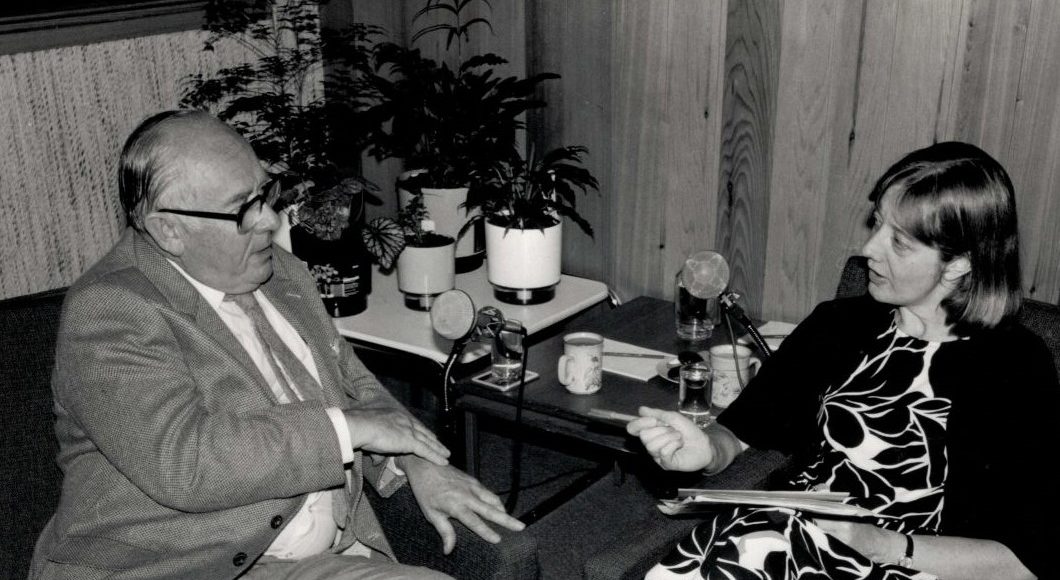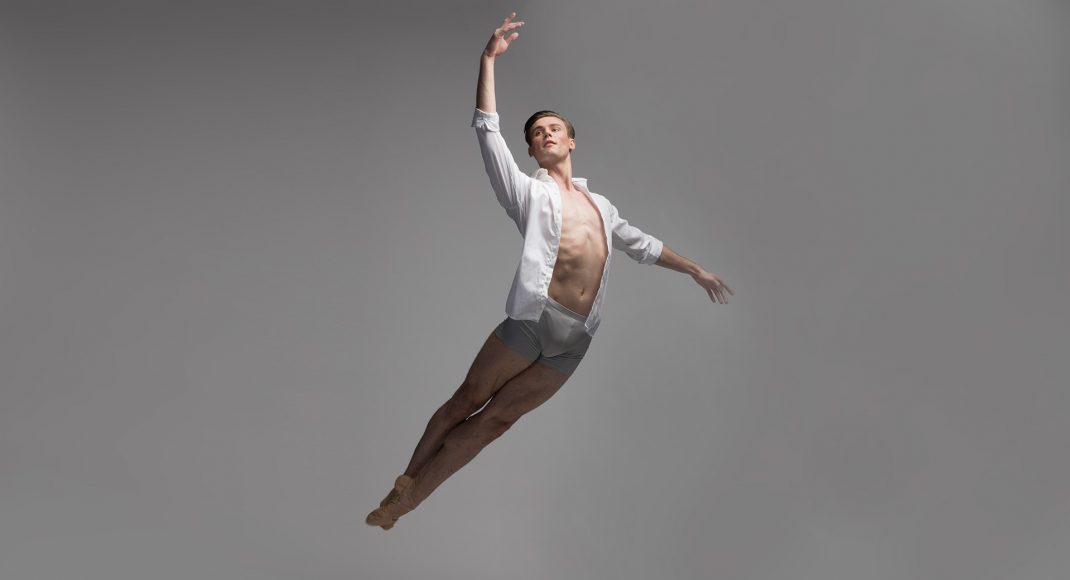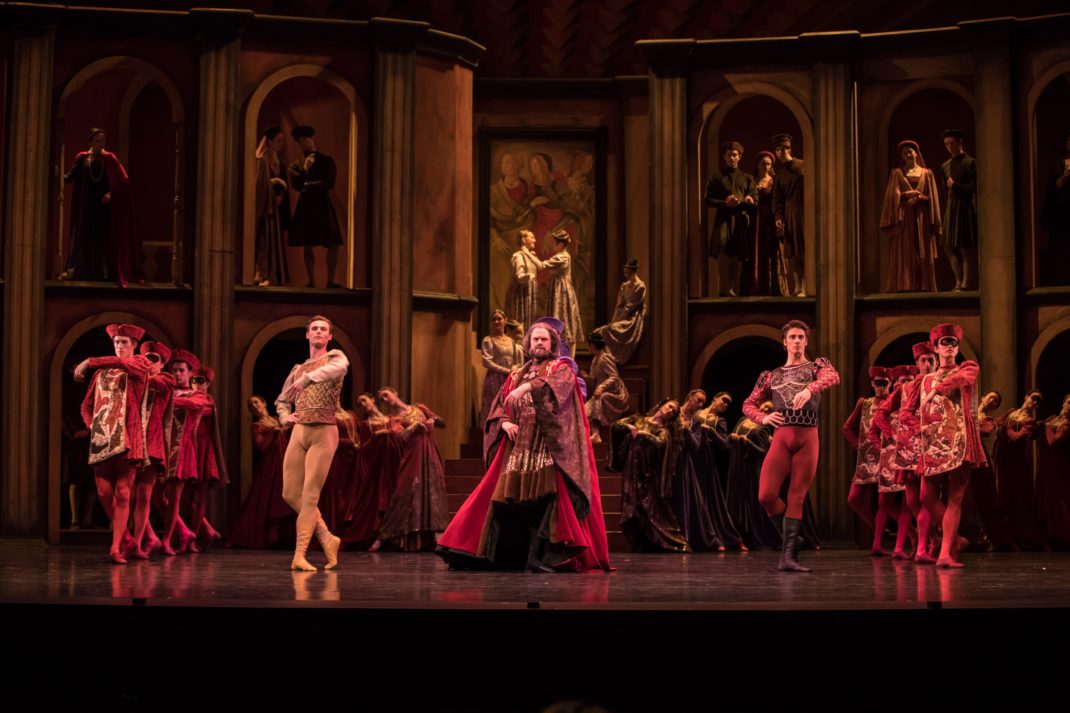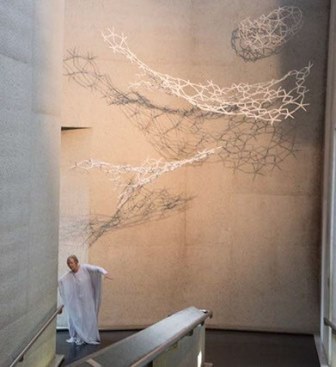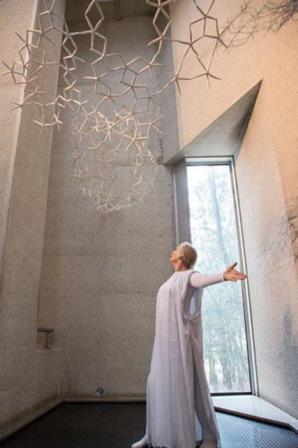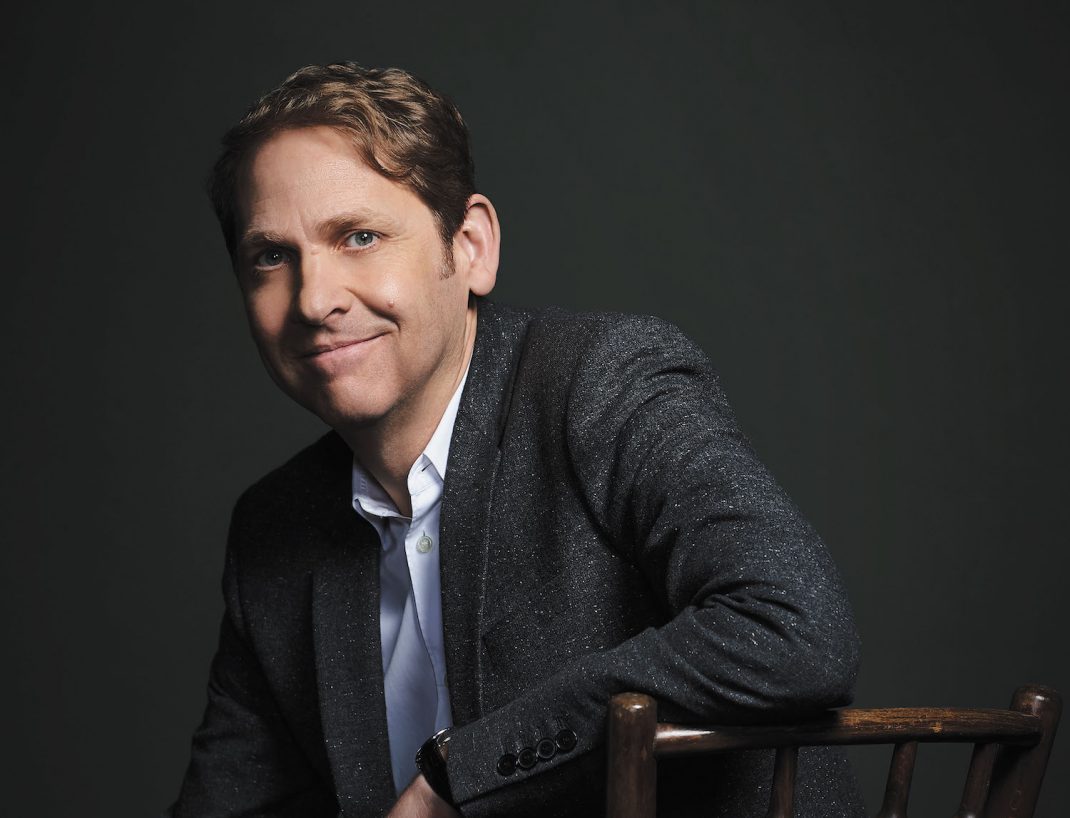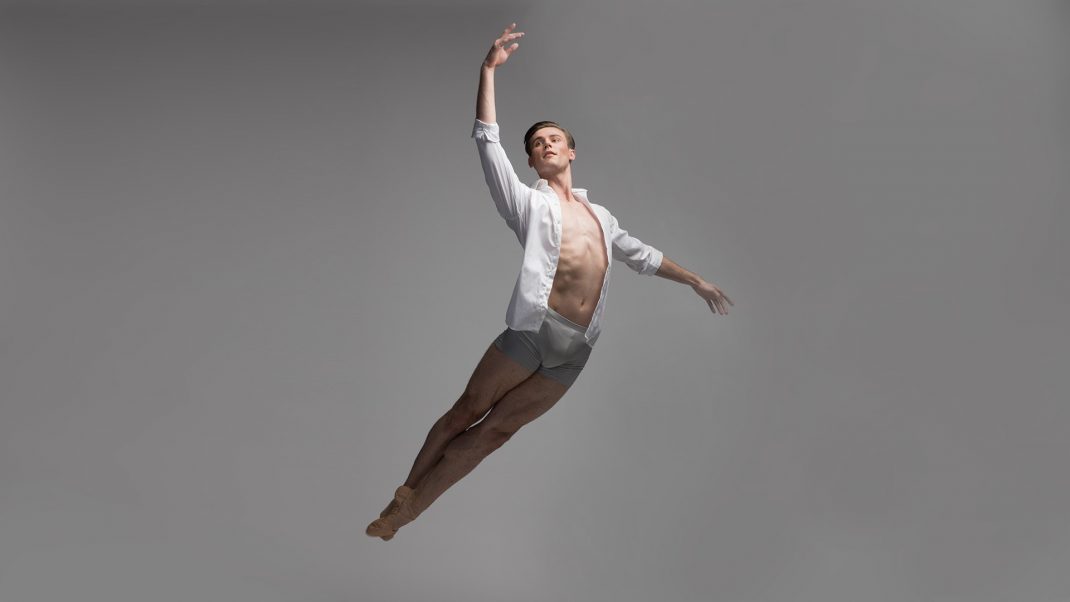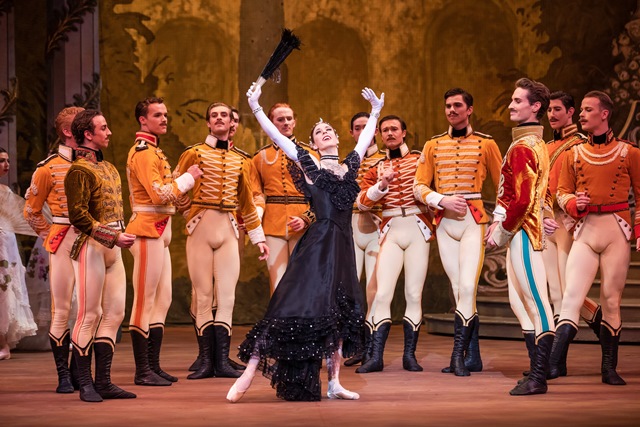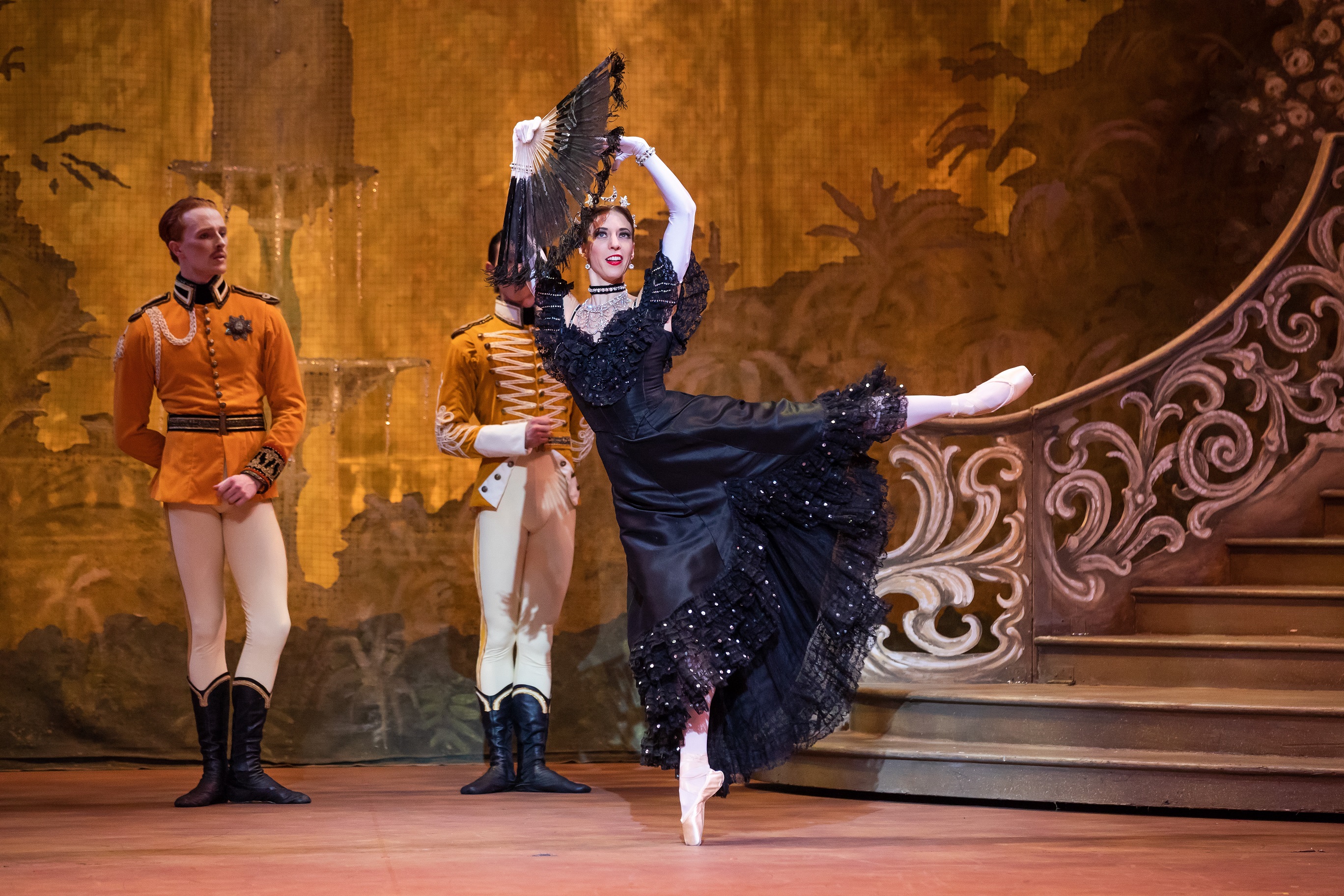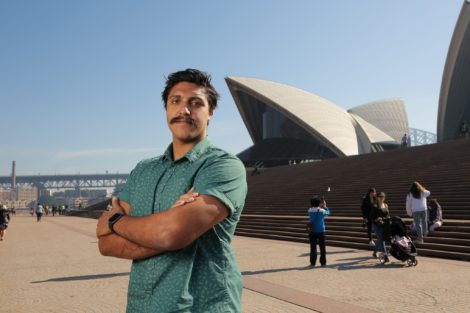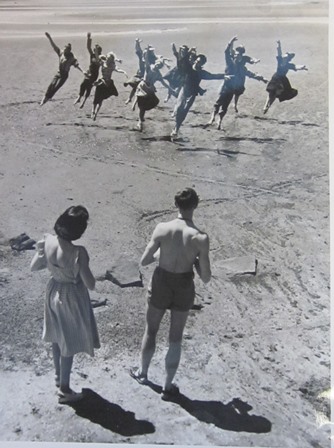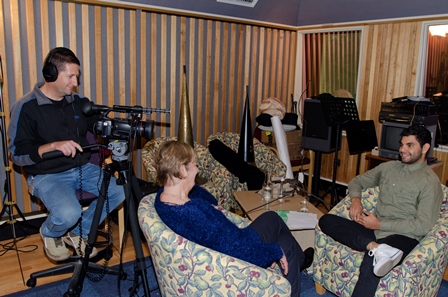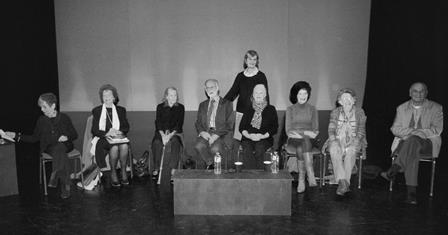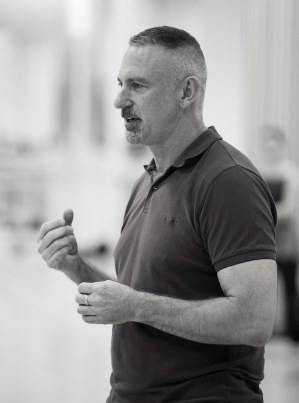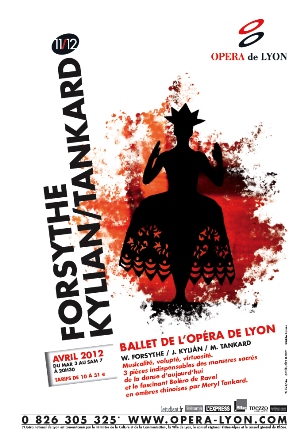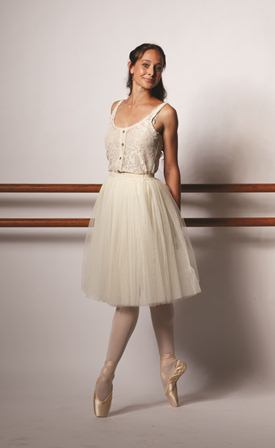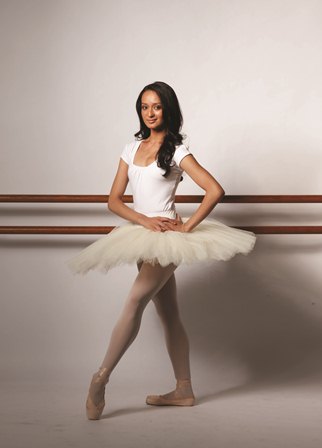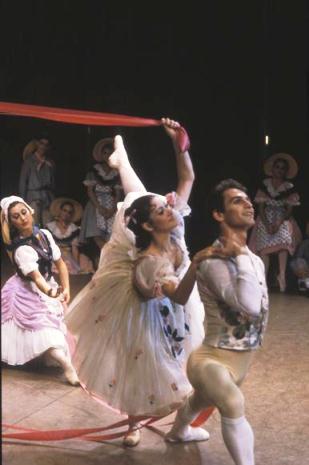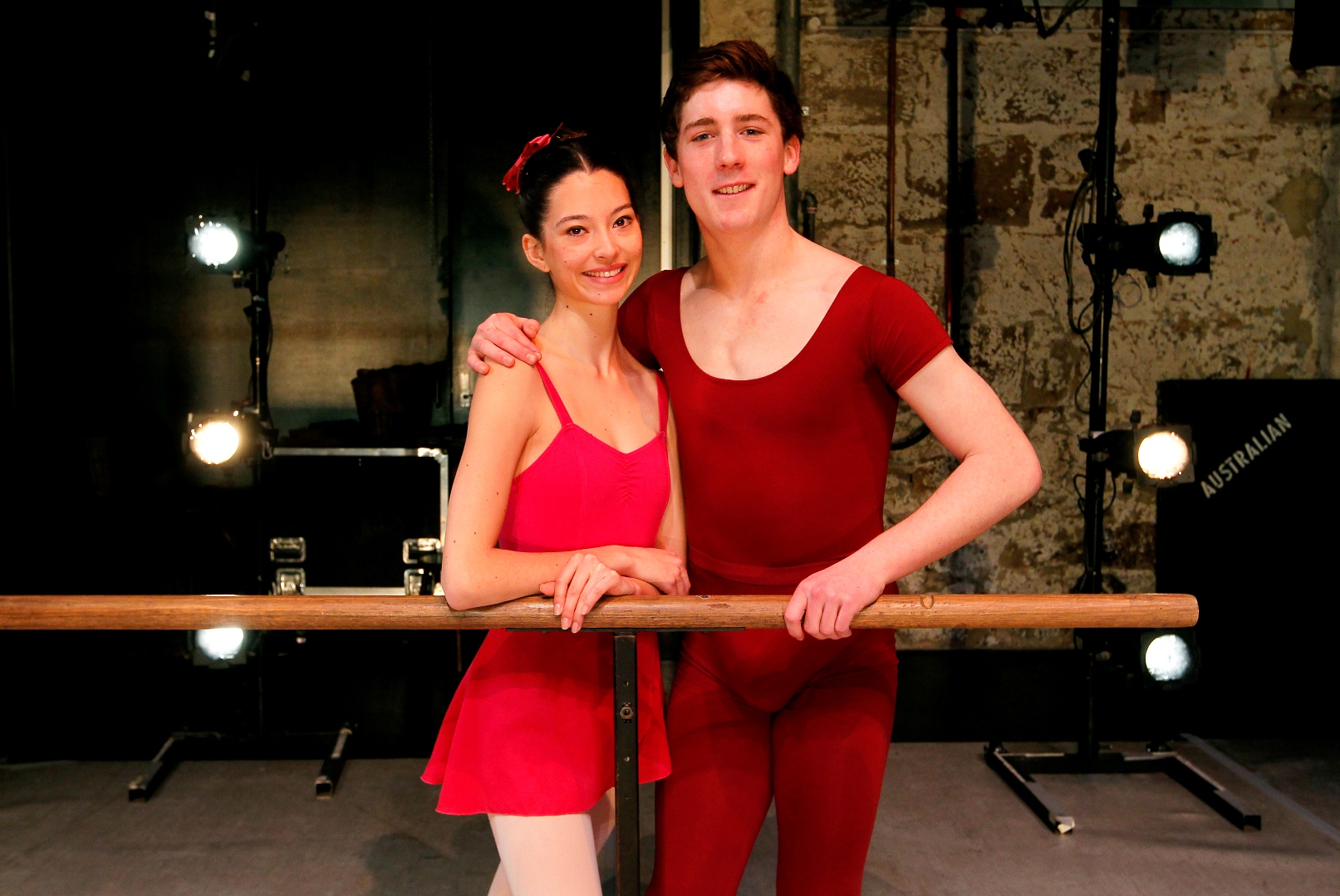Below, attached as a PDF file, is a list of oral history recordings with artists working in dance related fields, as held in the National Library of Australia (NLA) and the National Film and Sound Archive (NFSA). Interviews conducted by the National Library are in audio format while many of the National Film and Sound Archive projects are film/video recordings, although the list includes early radio interviews acquired by the NFSA.
The collection was significantly augmented as a result of an Ausdance National initiative to create an Australia Council-funded project spread over several years in the late 1990s and early 2000s. Its ultimate aim was the building up of a national dance collection that crossed two of Canberra’s major collecting institutions—it was to cover dance across a range of media and was to have a coherent and easily accessed existence. The oral history recordings made as a result of this project augmented existing oral history material in both institutions, and the collecting of dance material in oral history format has continued to grow. The ultimate aim of the Australia Council-funded project was, however, never fully realised. A website, Australia Dancing, made an important start but it was closed down as an active site in 2012. An Australian Dance Collection certainly exists but the links between organisations, and even links within individual organisations but across formats, are not always easy to discover.
There have been other significant projects in which oral history has been a major component, including the Esso Performing Arts and Oral History Archive Project, managed by the National Library between 1988 and 1990, and the Heath Ledger Oral History Project with emerging artists, managed by the National Film and Sound Archive in 2011 and 2012. The featured image on this post shows Geoffrey Ingram, an early general manager of the Australian Ballet, being interviewed in 1989 as part of the Esso Performing Arts and Oral History Archive Project. Below is a brief excerpt from an interview with Joe Chapman for the Heath Ledger Project.
More information about individual interviews can be found via the catalogues of the respective institutions. Access to the interviews varies according to the wishes of the interviewee. Many National Library interviews, however, are available online and online access instructions are also available via the catalogue. The significance of the oral history dance collection across the National Library and the National Film and Sound Archive cannot be overestimated. So often an oral history recording is the sole record of the life and career of certain of our dance artists.
I encourage readers of this post to alert me to any NLA or NFSA interviews that are missing from the list. There are sure to be some! Here is a link to the current list.
Michelle Potter, 10 August 2021
Featured image (detail): Geoffrey Ingram being interview by Michelle Potter. National Library of Australia, 1989. This interview is available online at this link.

